Yes, you read the title correctly. Mostly.
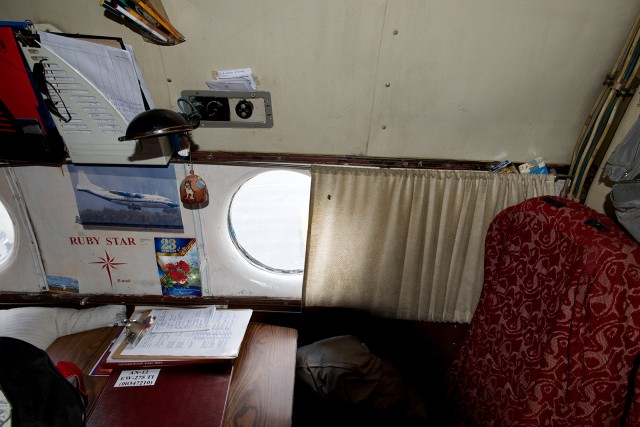
The crew rest “Business Class” area of an AN-12 operated by RubyStar Airlines – Photo: Bernie Leighton | AirlineReporter
It’s not technically business class. It’s the crew rest area. As you can see, it looks like it belongs on either a Soviet fishing trawler or submarine.
Even with my widest lens, I could not get a photo of the bathyscaphe-like curved office to cargo hold join. But the adjective of submarine-like is really all one can say. But I recently got to experience flying in this special “Business Class,” and of course wanted to share my adventure.
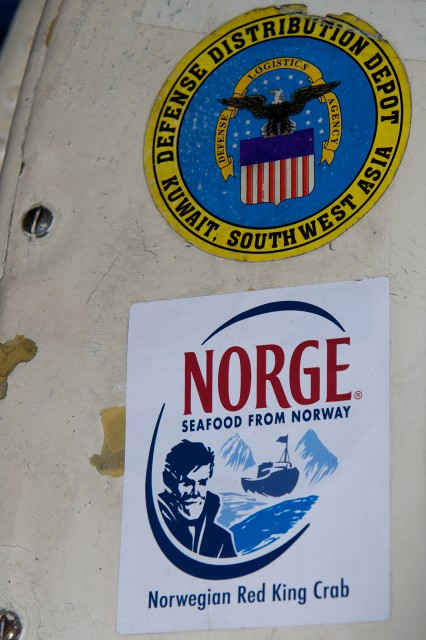
Grateful customers give the RubyStar crew stickers; the plane is covered in stickers Photo: Bernie Leighton | AirlineReporter
The reason for this bubble is simple. The cargo hold of an AN-12 is not pressurized. Terrible if you are freight of the self-loading variety, but the solution in those cases has always been to not fly above pressurization height. If you are carrying a load of ammunition for the U.S. Defense Logistics Agency or a load of Norwegian crab, neither of those need supervision, nor pressurization. So, bolt the doors shut, click on the pressurization, and fly high.
The bathyscaphe-inspired spheroid allowing your cabin to not explode outwards from metal fatigue at a random moment. I imagine, other than the group of us, the last time the AN-12 had seats added was many, many, years ago.
Seats, in this case, refers to a line of troop seats installed as a pallet down the middle of the hold.
The hold itself was impossible to get a photo of due to constant crowding. But if you read my IL-76 article, you can get a very good idea of what they looked like. They were, in fact, the same seats.
So we sat at Minsk-2 airport and waited. Then waited some more. And it was getting exceedingly hot in the cabin due to the engineer forgetting to turn off the water boiler.
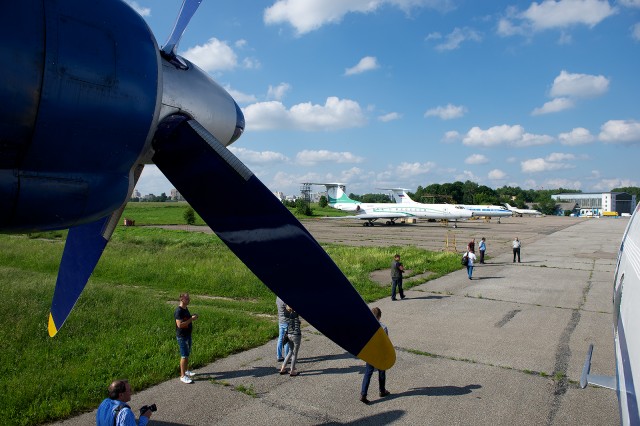
What it looks like to board an AN-12. Photos were not allowed at Minsk-2, so this was technically at Minsk-1. Photo: Bernie Leighton | AirlineReporter
It turns out we were waiting for Alexander Lukashenko to land, then taxi right past us, and finally disembark. He does own a lovely 737-8EV BBJ II, but of course we were not allowed to take pictures.
It’s not like we could have. The windows were like shooting through milk.
Finally, the cargo door was closed – so too was the crew door. It was time to get underway. For where? The other airport in Minsk, Minsk-1. The original airport of Minsk, it is now home to nothing but a Russian aircraft overhaul facility called Plant 407. I had to take a good look around that on landing.
Startup was akin my experience flying the IL-18. It makes sense, as they share the same engines. They were also the same engines as used on the AN-8 and the infamous AN-10. It’s important to mention that the wingbox on the AN-10 is not the same as the AN-12. Unlike the metal-fatigue prone model affixed to its fore-bearers, all AN-12s were recently given a 35-year life extension.
The other key difference is that the AN-12 feels much firmer. Even ahead of the props (unlike the IL-18) the AN-12 feels extremely sturdy. Also, in the pressurized portion, the engines are far too quiet. Just a constant hum, like a boat.
Taxiing, in my experience, was the strangest part of the ride. No matter where the aircraft is, it can turn (more or less) on its axis. So, taking this lazy-looking beast of an aircraft around the airfield is the one time it starts to feel like a sports car.
Takeoff was also very… lazy. It’s not that it wasn’t a very short roll for a short flight to Minsk-1; it felt as if the aircraft lumbered into the air. Every little climb-out shake felt more like a wave than turbulence. Maybe it’s just the high wing.
The flight to Minsk-1 was about 20 minutes. There was barely time for a water service, and a chance to pop the cargo door. It’s unfortunate, but the smoke from the engines (and the crowd of 40 people) made decent photography a challenge.
Regardless, the AN-12 is extremely stable. Barely felt a bump as I was standing around the flight and hey, it was cooler in the cargo hold!
Landing at Minsk-1 was, in a word, abrupt. There was an exit for plant 407 500m down the runway from the threshold – anything else would require a backtrack. Can an AN-12 land in less than 500m? OF COURSE!
It’s just extremely firm in such cases. Not painful, not worrisome, just extremely firm. I could even feel the aircraft shake on its wheels from the p-factor of the props going into full reverse. So much excitement, but so few windows.
Minsk-1 is home to aircraft repair plant 407 — if you need to get your Tupolev Tu-134 fixed, this is where you visit. You can also get a Yak-40 repaired there, but by the looks of most of the Yaks on site, they are either awaiting repayment and release or they are never going anywhere.
It was truly amazing to see all these pristine Tu-134s (A-models no less) on a ramp without security telling me what I could and could not do.
After about half an hour in Minsk, it was time to hop back aboard the AN-12 and fly to the city of Mogilev. Mogilev is far, far closer to the Russian border – and it seems as if Rubystar, one of the few Belorussian joint-stock airlines left (the other two being Belavia and Genex), or maybe the airport (our guide was unclear), has set up an extensive maintenance facility on its ramp as well. There, however, is where one can find a bevy of IL-76 and AN-12.
The flight to Mogilev would take approximately 35 minutes. It was gorgeous. There wasn’t much difference compared to the flight to Minsk-1, but it’s still an AN-12, so I just sat (this time in the radio operator’s separate seat across the aisle) and took in the experience. I did try to take a photo of the propellers in flight; the best I could do was seen earlier this article.
Mogilev was a lot of fun. It’s amazing to get up close and personal with engine-less IL-76s.
The other thing of note is that the AN-12 was getting progressively more covered in soot and oil with every sector. It had started the day at Minsk-2 in nearly pristine condition, but by the time we were in Mogilev, it was not hard to find areas covered in soot, oil, or just brake dust.
I made bloody sure to wash my hands before I ate that night!
Unfortunately, after Mogilev, it was time to go back home. That segment was extremely uneventful – but no less amazing. The AN-12 is an extremely versatile and underrated aircraft.
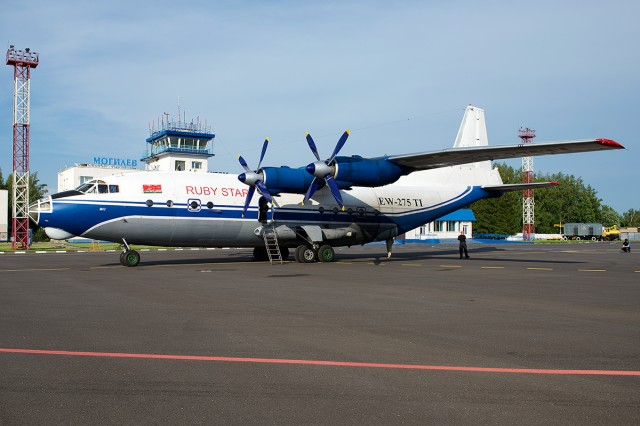
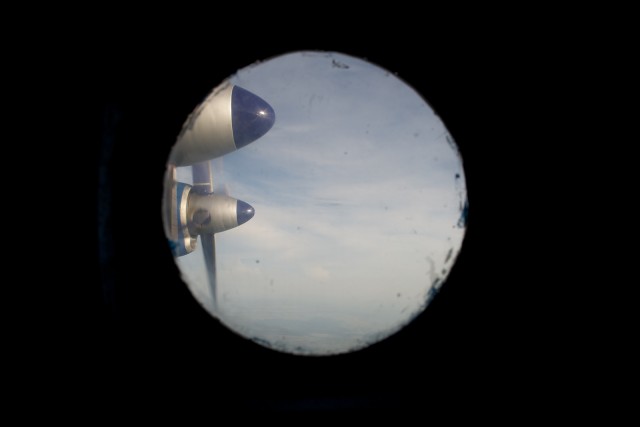
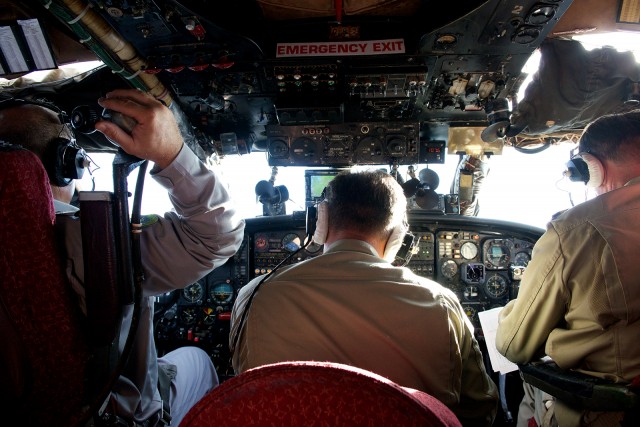
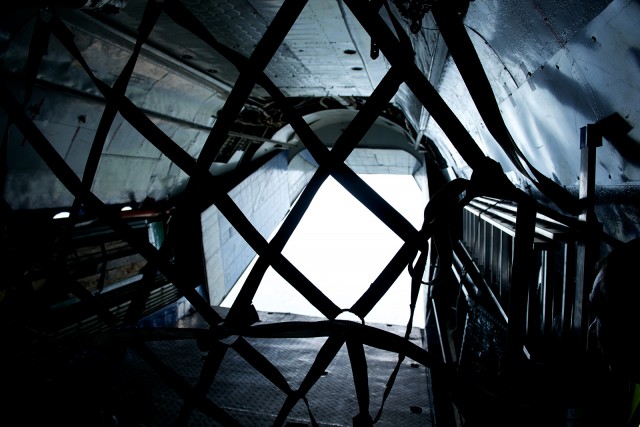
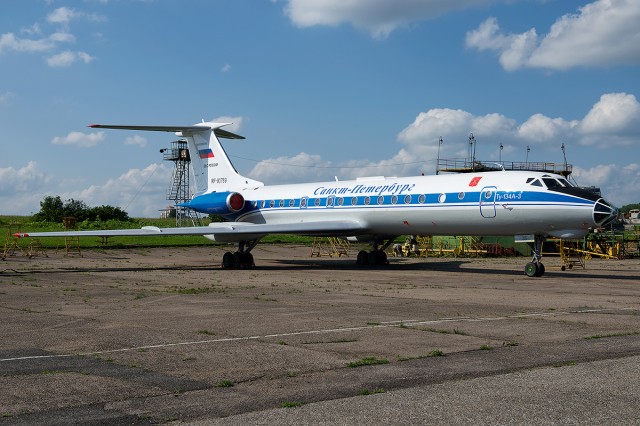
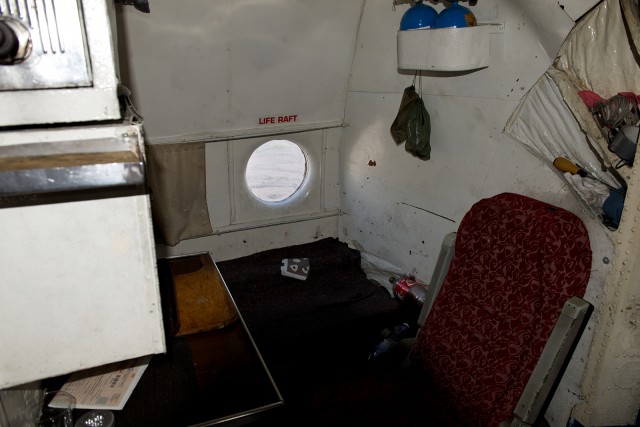
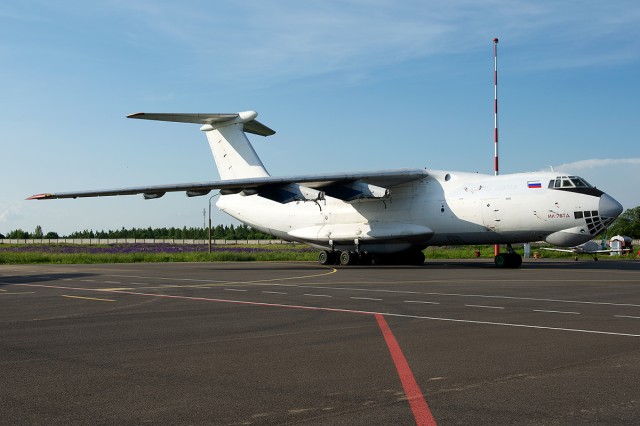
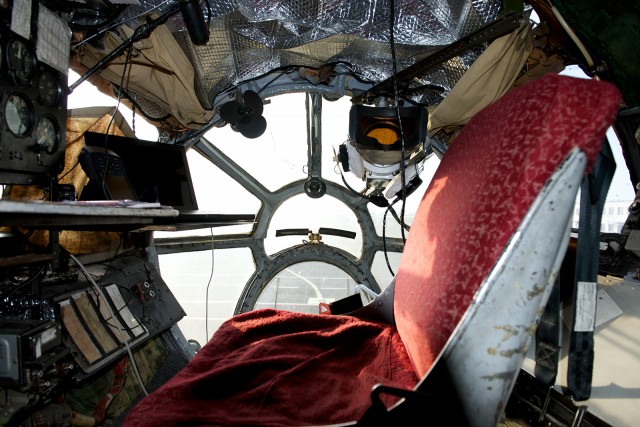
Wow! Most Geeks have personal limits, but not Bernie! A fun report. A great lesson in what I’ll call make-do aviation. What is the life expectancy of pilots in that part of Russia?
Stumbled upon your article because one of these just flew about 10kms south of my house after 12 at night. Checked FlightRadar24 and saw it was RubyStar AN12. That sound of 4 turning (hopefully and none burning) is very distinct. That’s an euphemism, it’s bloody noisy and not being a NIMBY in general it puzzles me why they still allow this leaking brick flying at FL250 over a densely populated area between The Hague and Rotterdam (Holland). A brand new P180Evo Avanti is a problem, we all in GA have to obey noise abatement (and rightfully so), but this 1950s relic is most welcome to produce all the (sound) pollution it wants in the middle of the night. Did they sell any left over surface-to-air missiles by any chance in Belarus , Bernie?